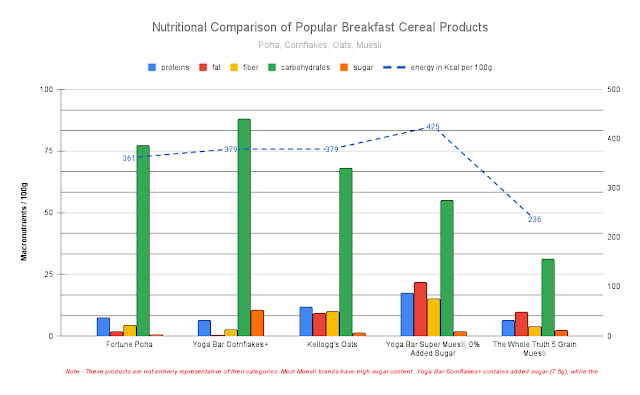7th June is World Food Safety Day
World Food Safety Day, observed on June 7th, is dedicated to raising awareness and prompting actions that help prevent, detect, and manage foodborne risks. This contributes to food security, human health, economic prosperity, agriculture, market access, tourism, and sustainable development.
Food safety saves lives. It is not only a crucial component to food security, but it also plays a vital role in reducing foodborne disease. Every year, 600 million people fall sick as a result of around 200 different types of foodborne illness. The burden of such illness falls most heavily on the poor and on the young. In addition, foodborne illness is responsible for 420,000 preventable deaths every year.
The Food and Agriculture Organization of the United Nations has created a collection of leaflets that detail the measures individuals can take in various environments to guarantee the safe production, storage, serving, and consumption of food, as well as highlighting the significance and advantages of food safety.
Key points from the document How to achieve food safety at home:
- Keep clean. Wash your hands with soap and clean water before handling food and often while preparing food. Germs are easily transferred from hands to food during meal preparation and consumption. Food contact surfaces must be cleaned and sanitized after each use.
- Separate raw and cooked. Raw meat, poultry, seafood and eggs can spread illness-causing bacteria to ready-to-eat foods. Cutting boards or utensils used with raw meats must never be re-used for ready-to-eat foods like fruits and vegetables without first thoroughly cleaning and sanitizing them. Another way to avoid cross-contamination is by using dedicated (e.g. colour coded) cutting boards for different foods.
- Cook thoroughly. Check that the core temperature of the cooked dish or food reaches at least 70°C, especially meat, poultry, eggs and seafood. When you use the food thermometer, make sure you place it in the centre of the thickest part of the food. Make sure it is not touching the side of the container, and make sure the thermometer is cleaned between each use. If you don't have a thermometer, make sure the food is well cooked through colour change, tenderness or other aspects.
- Keep food at safe temperatures. Bacteria that cause food poisoning multiply quickest in the temperature “danger zone”– between 5°C and 60°C. Therefore, keep food below 5°C and above 60°C. Chill food promptly and properly.
- Avoid confusion and ensure freshness of food by labelling and dating stored ingredients and prepared foods. Any food item not stored in its original packaging must be labelled.
- Use safe water and raw materials. Wash your fruits and vegetable with clean water before eating them.
- Use clean utensils and disinfect surfaces and cleaning material. To make a sanitizing solution, mix 5 ml of household bleach in 750 ml of water. Alternatively, you can use boiling water to sanitize utensils.
Food safety is everyone’s business at home



Comments
Post a Comment